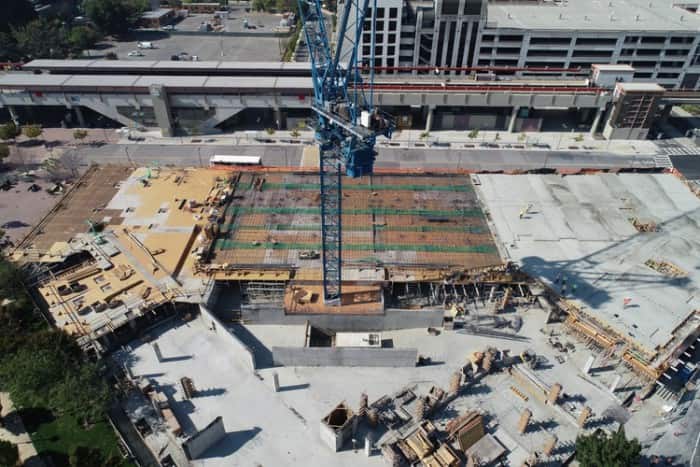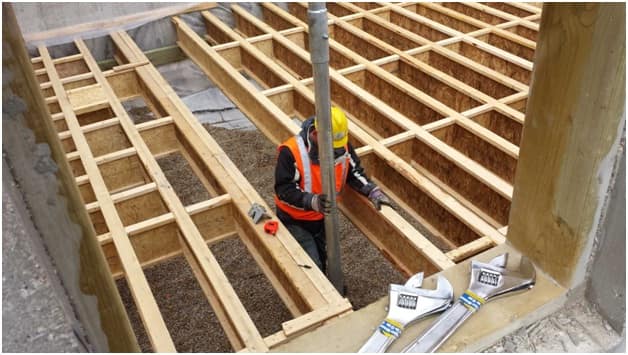
So, you are going to construct your dream home?
Constructing a new home is exciting and sometimes quite overwhelming experience. You plan things like the coat of paint, curtains, the placement of your room, flooring and many other things, but have you ever thought of the core constructional procedure?
You work on making your house visually appealing, but do you know that the main strength of a property is its foundation?
Foundation to home is like a foot to the human’s body; strong and capable of holding the structure. There are primarily, three main types of foundations, viz. crawlspace, slab-on-grade and full basement.
-
Slab-on-Grade:
As the name suggests, this foundation is made of concrete slab placed at grade level to make a firm ground. This type of foundation is common in the regions with high water tables. Slab foundation also needs a proper mechanical system to keep all elements in place.
-
Crawlspaces:
In this type of foundation, the footing is placed below the frost line. However, there’s a huge room between the floor frame and the ground. Most crawl spaces have vent openings that aid in the buildup of moisture.
-
Full Basements:
Full basements usually consist of footings, which is placed below the region’s frost depth enclosing the four-inch-thick concrete slab. This will also make ground space more comfortable in the basement. However, if you don’t want to use it in the basement, you can use it on slabs and walls to reduce problems related to molds and mildews.
From spread footings to piers, to the material used, a foundation is what a house resides on. Dive-in to know the factors that aid in building a strong foundation:
The Soil:
Irrespective of the foundation, the footings and the walls of the foundation are designed in a way to support the weight of your building. But how efficiently it helps your structure depend on the type of soil and the ground on which the footing rests on.
For instance, if you are constructing the building on dense or dry soil, it will take some time to settle or perhaps will settle after the building has been built. However, if the ground has soft or wet clay, it will settle with ease probably at the time of construction.
Screw Piling Technique:
One of the most popular and effective ways to have a strong and rigid foundation is using screw piling method. Unlike other forms, it is useful and doesn’t require any removal of soil. Moreover, it’s fast and suitable for all soil types.

It is used under footings to avoid any vibrations and shaking of the structure. It also safeguards buildings from natural hazards like earthquakes. Screw piling just needs 6-15 minutes to install, once done you can easily construct your home above it.
Keep The Ground Dry:
Most construction material like concrete is not waterproof. The foundation will become wet once the water seeps into the wall of the building which can lead to many problems. So, no matter which foundation type you prefer, if the surface gets damp, it becomes home to fungus and mildew.
However, for the stable foundation, make sure to keep the foundation dry. You can also try waterproof coating outside the foundation or can place a perforated pipe in the perimeter to minimize the water logging in the surface. Some constructional experts also suggest building the house at some grade so that the water gets drained itself.
Fix Minor Cracks (If Any):
Don’t let any single crack hamper your foundation; after all, the key to having a sturdy building is to fix them at once. Although small hairline cracks can be repaired with ease, narrow or the cracks that have bigger configuration need time and extra care.
One of the most problematic cracks is the horizontal ones, as they are hard to repair and are more prone to attract moisture. So, be it vertical, straight or horizontal crack, keep an eye on it and increase your foundation’s life.
Detail Properly For a Trouble-Free structure:
Proper and minor detailing is very important to avoid any blips and glitches when constructing any foundation. Not all issues are a part of constructional errors, so investigate properly to provide strength and longevity to your building.
Note: For added support to your building, you can also hire a renounce construction inspector to make sure that your foundation has no issues.
While you know how to make your foundation strong if any leak occurs how will you deal with it? Have a look at some DIY to repair foundation leaks:
- First, find the root of the problem; look from where the water is penetrating.
- Apply the plastic sheet or an adhesive and wait for them to dry.
- If there are cracks, use a wire brush or air pump and first clean them. Now use concrete or any material to fill them.
Conclusion:
Investing things beforehand will help you safeguard your foundation. Keep things mentioned above in mind and build a strong foundation.
